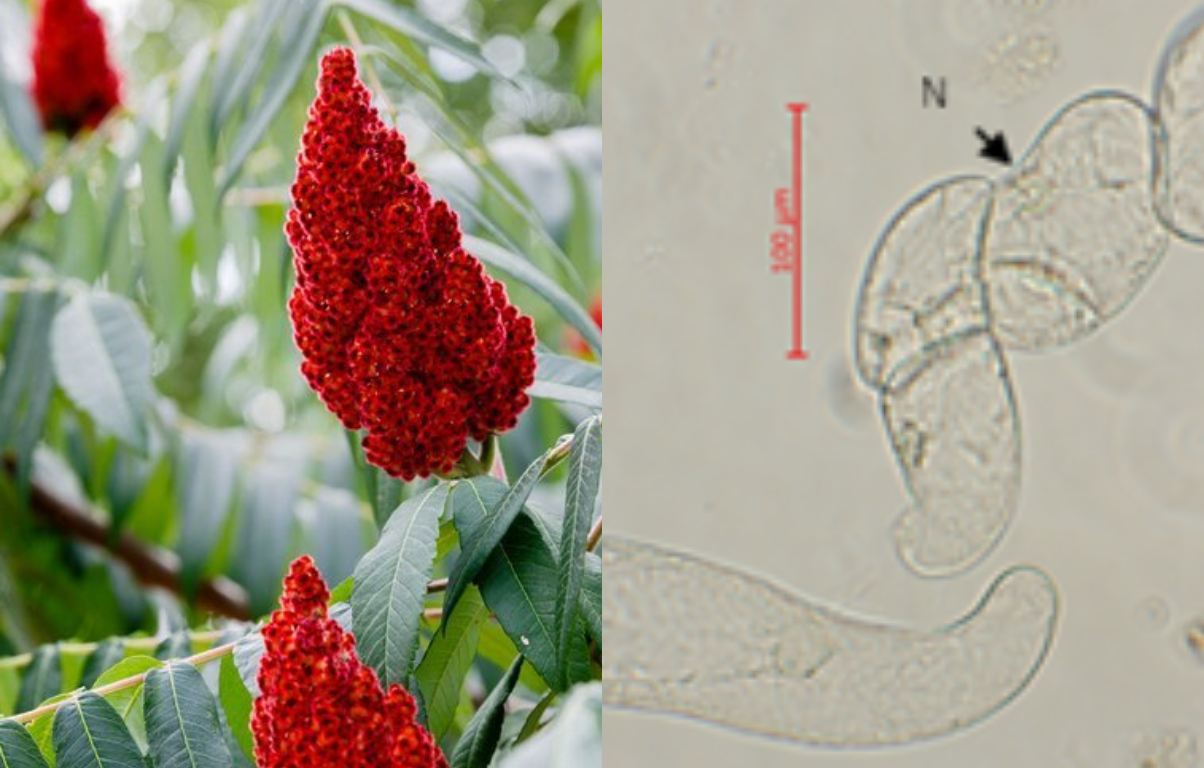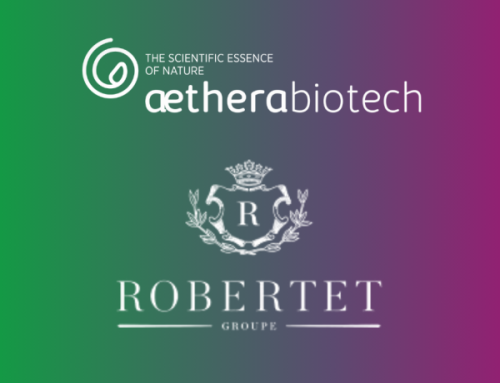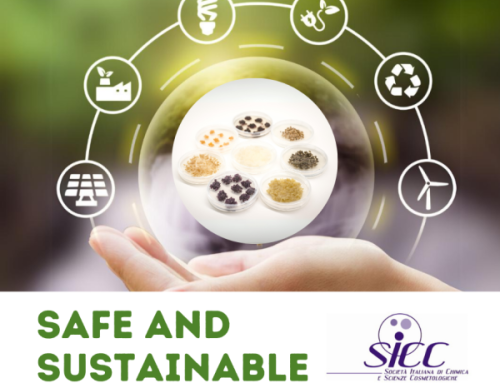The antioxidant and skin repair efficacy of the Rhus coriaria phytocomplex have been proven.
This is explained in the scientific publication ‘In Vitro Cell Culture of Rhus coriaria L.: A Standardized Phytocomplex Rich of Gallic Acid Derivatives with Antioxidant and Skin Repair Activity’, published in the Special Issue Green Ingredients in Cosmetics and Food (Volume II) of the journal Cosmetics, focused on the biological evaluation and chemical characterization of a new ingredient obtained from in vitro cell culture of Rhus coriaria.
How was the Rhus coriaria phytocomplex developed?
Through the selection of specific cell culture media, it was possible to obtain a Rhus coriaria cell line with a high content of gallic acid derivatives. The phytocomplex obtained from Rhus coriaria is produced using in vitro plant cell culture technology, resulting in a new cosmetic ingredient with sustainable and safe production process characteristics.
Traditional plant extracts have extreme variability in their composition, and this can depend on many factors, such as climate, soil, and cultivation techniques. Within vitro cell culture, we have obtained a standardised extract of Rhus coriaria with a high content of gallic acid derivatives free of pesticides, contaminants, and residual solvents, maintaining the same biological efficacy in all batches.
The tests
The study aimed to test and demonstrate the antioxidant and repair activity of the Rhus coriaria phytocomplex. The antioxidant activity was tested using the DPPH assay, while the skin-repair activity was assessed using a scratch wound healing test on human keratinocytes and fibroblasts.
Gallic acid and other antioxidant compounds improved wound healing by decreasing wound area, and inflammation. This work demonstrated that Rhus coriaria phytocomplex could be an effective new cosmetic ingredient with antioxidants and skin repair activity.
Read more: https://www.mdpi.com/2079-9284/9/1/12/htm





